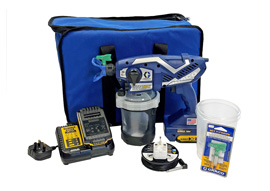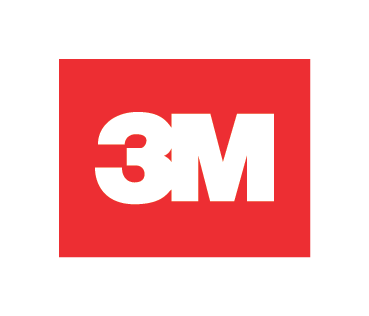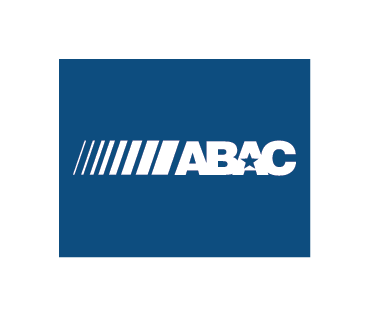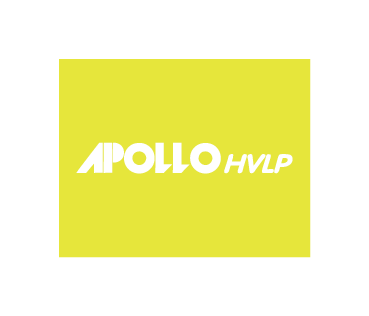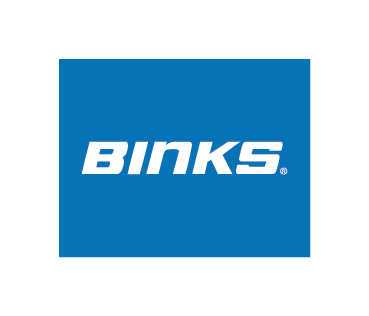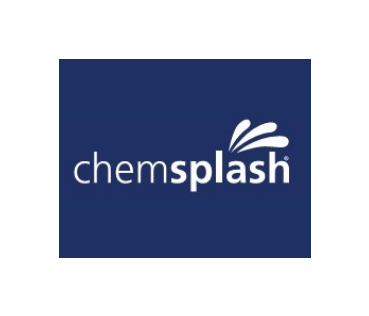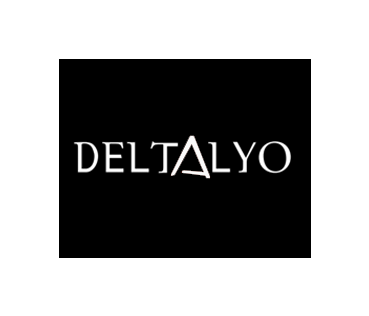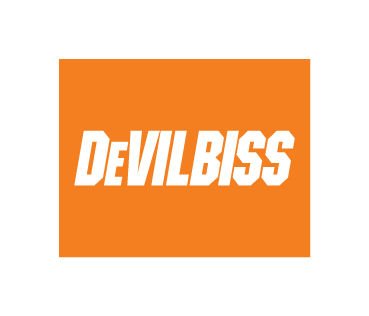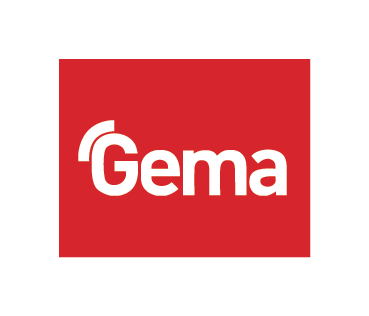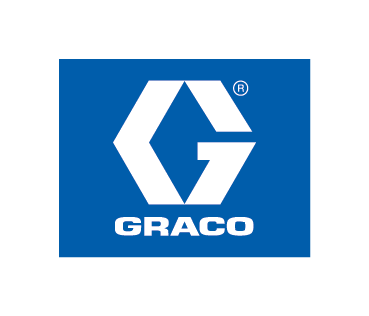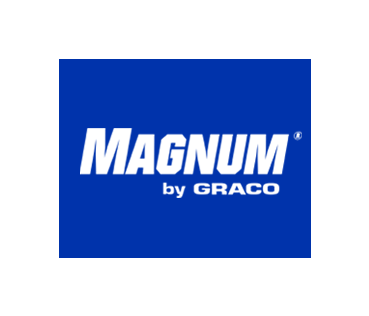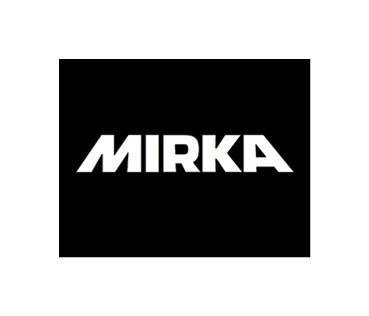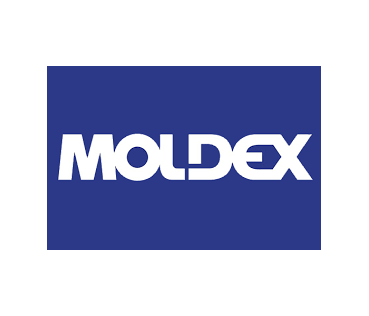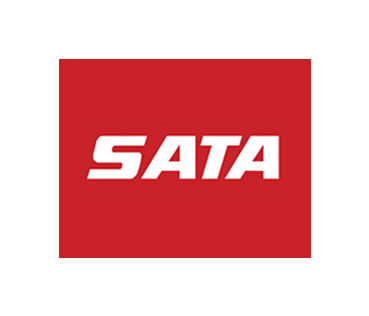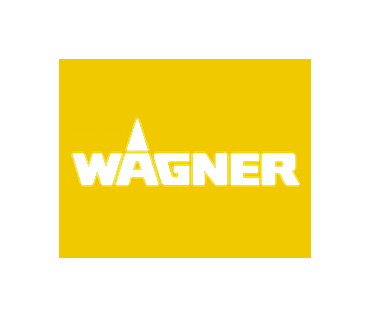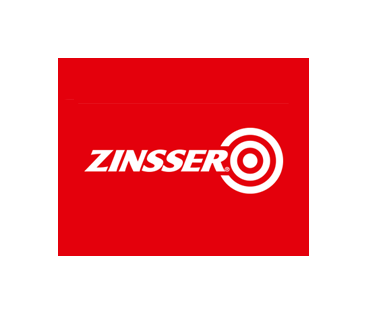Airless vs HVLP Paint Sprayers: What's the Difference?
Choosing between an Airless and an HVLP paint sprayer depends on the type of project you're tackling and the finish you want to achieve.
Airless sprayers use high pressure to atomize paint, making them ideal for covering large areas quickly. They're perfect for thicker coatings like latex or masonry paint, especially on walls, fences, or ceilings. However, they do require some experience to use effectively, as controlling overspray and achieving a smooth finish can take practice.
HVLP sprayers (High Volume Low Pressure) operate at lower pressure and produce a more controlled, finer spray. This results in a smoother finish with less overspray, making them a great choice for detailed or precision work such as furniture, cabinets, or interior trim. They're also more beginner-friendly and easier to handle in confined spaces.
| Feature | Airless Sprayers | HVLP Sprayers |
|---|---|---|
| Pressure | High pressure | Low pressure |
| Finish Quality | Smooth | Smoother |
| Paint Types | Latex, enamels, and thicker paints | Thin paints, lacquers |
| Overspray | Higher | Minimal |
| Ease of Use | Requires some skill and prep | Easier for beginners |
| Clean-up | More complex | Easier |
| Typical Projects | Walls, fences, decks | Furniture, cabinets, trim |
Which Sprayer Is Best for Which Projects?
The main difference between airless and HVLP sprayers is the pressure level, which affects how they perform in different types of projects.
- Airless sprayers are designed for speed and power. They’re best used on large, flat surfaces where coverage speed matters more than ultra-fine detail - think walls, ceilings, garden fences, or outbuildings. However, they can be more difficult to control on tight or intricate areas.
- HVLP sprayers are better suited to smaller, detailed jobs where control and finish quality are key. They’re ideal for painting furniture, doors, window frames, and decorative items. With minimal overspray and finer atomisation, you’ll waste less paint and get better results on precision tasks.
Recommendation:
Use HVLP sprayers for smaller, detail-oriented work. Choose airless sprayers for large-scale, high-volume painting tasks.
Interior vs. Exterior Painting: Airless or HVLP?
- For exterior jobs, such as walls, decking, and fencing, Airless sprayers are the better choice. Their high-pressure output handles thicker exterior paints with ease and helps you complete big jobs faster.
- For interior projects, especially in smaller or enclosed areas, HVLP sprayers are ideal. They offer better control, reduce mess, and create a finer finish - perfect for trim, skirting boards, or feature walls.
In summary:
Use Airless sprayers for large exterior surfaces and HVLP sprayers for interior projects where detail and finish matter.
What Maintenance Does My Sprayer Need?
To keep your sprayer performing at its best, regular cleaning and maintenance are essential - no matter which type you use.
- Airless sprayers need more detailed maintenance due to the thicker paints they handle. Clean the system thoroughly after every use, especially the nozzle, spray tip, and filters. Don't forget to use throat seal oil to keep the piston lubricated and prevent wear.
- HVLP sprayers are generally easier to maintain thanks to their simpler construction. Clean the paint cup, air cap, and nozzle carefully after each use to prevent clogging and ensure a smooth spray.
Tip:
Regularly inspect and clean seals, hoses, and filters to avoid leaks, blockages, or pressure loss. A well-maintained sprayer delivers consistent, high-quality results every time.
Explore Spray Direct’s Range of Spray Painting Accessories
Ready to start your next painting project? At Spray Direct, we’ve got everything you need to get professional results—from sprayer accessories and replacement parts to essential PPE that keeps you protected.
Browse our full range today, or contact our expert team for advice on choosing the right sprayer and accessories for your project.

